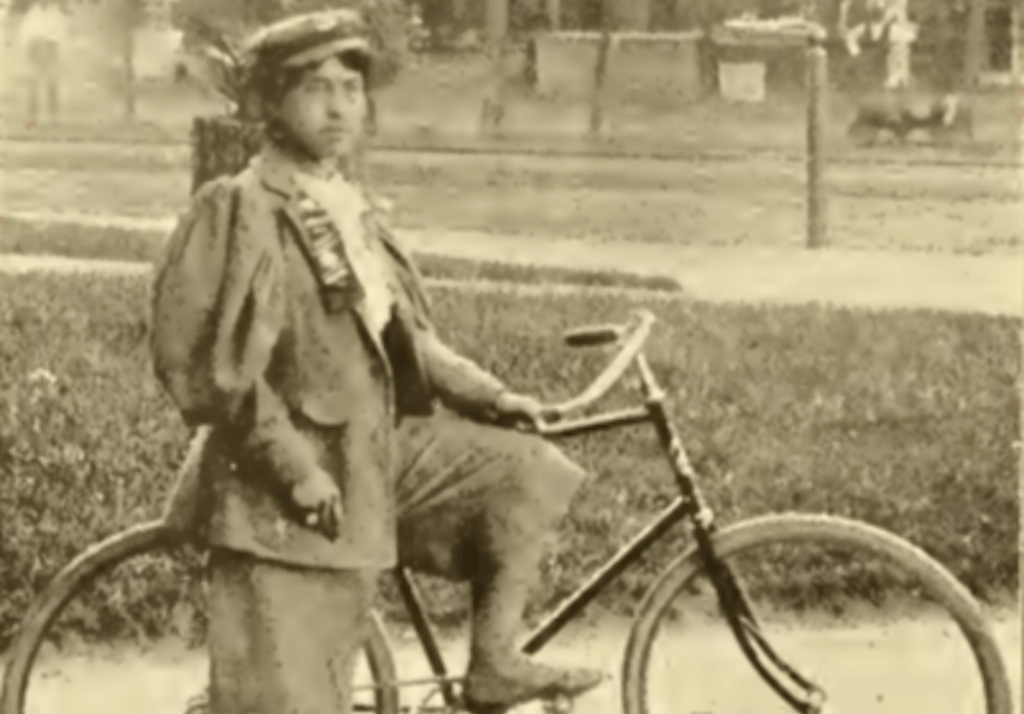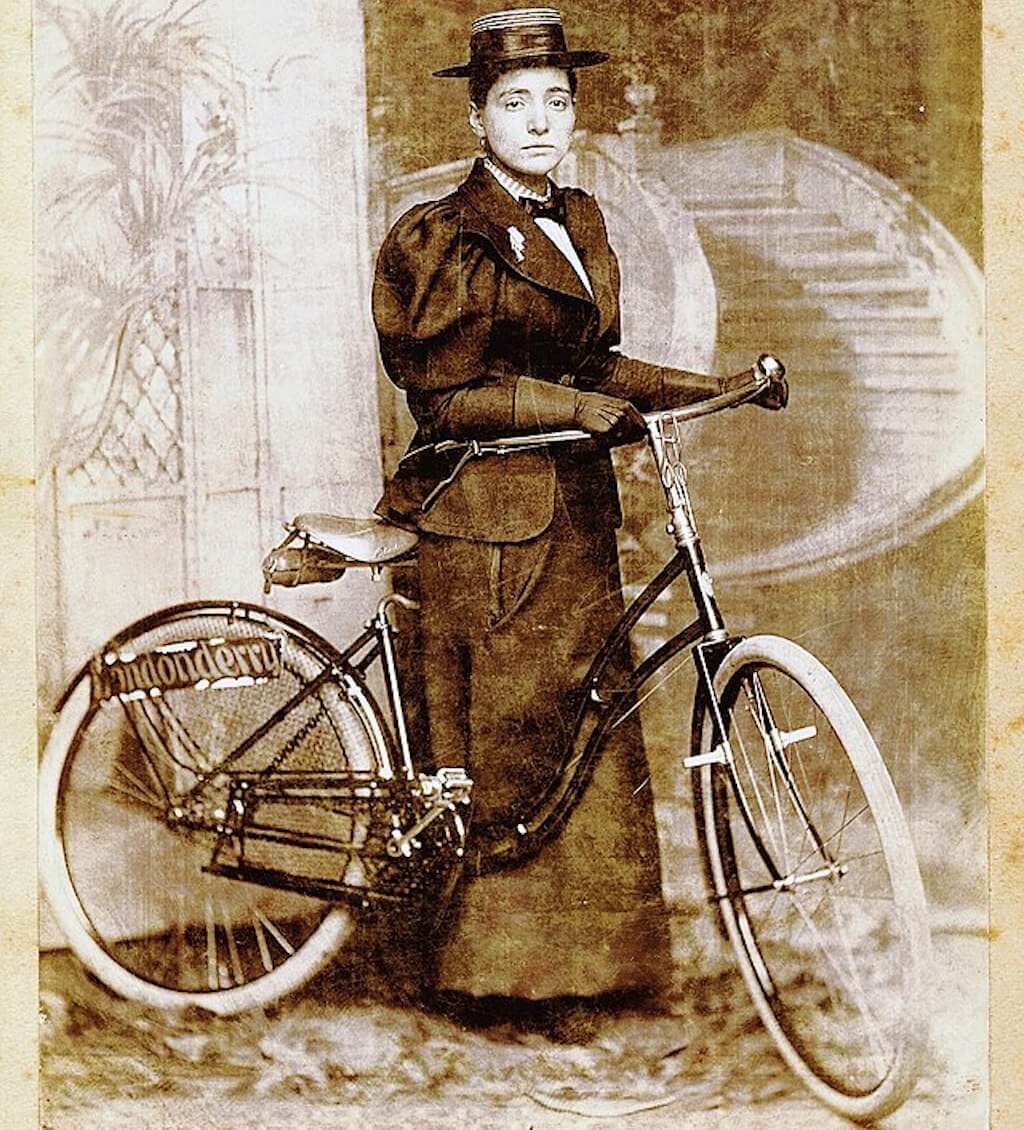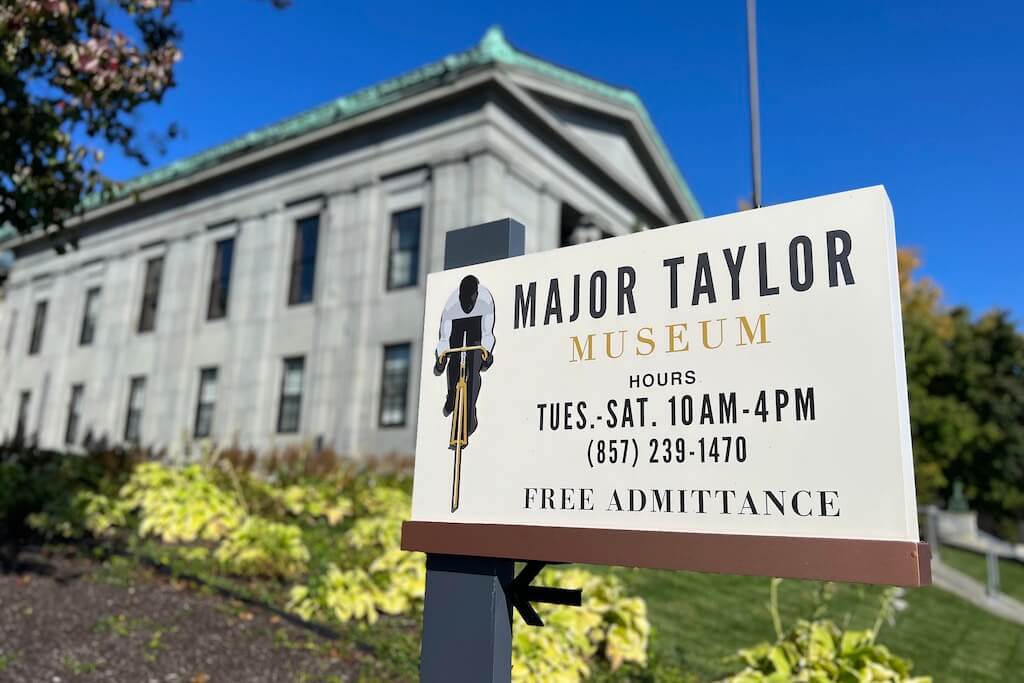Autumn Gear Guide
Find inspiration in our Gear Guide that will keep you out on your bike through wind or rain.
Download Now
The history of the bicycle is short and well documented, and you’ll find a lot of “firsts.” The first Tour de France was held in 1903. The first man to bicycle around the world was Thomas Stevens, in 1886. John Breeze rode the first dedicated mountain bike in 1978. And so on. As chance would […]
The history of the bicycle is short and well documented, and you’ll find a lot of “firsts.” The first Tour de France was held in 1903. The first man to bicycle around the world was Thomas Stevens, in 1886. John Breeze rode the first dedicated mountain bike in 1978. And so on.
As chance would have it, many of the most important“firsts” came from the state of Massachusetts. This fact may surprise you, especially if you’ve ever tried to drive a car in the Bay State, let alone ride a bike. But three vital figures got their start here at the end of the 19th century, empowering generations of riders.
What’s more, all these trailblazers have riveting stories, at least one well-written biography, and landmarks recognizing their respective achievements.
Katherine Towle Knox started her working life as a seamstress in Boston. But when she discovered the safety bicycle around 1890, Knox showed incredible prowess: She competed in races – including century rides – and regularly won in the women’s category. (She beat a lot of male competitors as well). She joined the League of American Wheelmen in 1893, a membership she would have to defend when the LAW banned African-Americans two years later.
The best book about Kittie Knox is a chapbook by Oregon author Joe Biel, which chronicles her incredible rise to cycling fame at the height of Jim Crow oppression. Knox remained a member of LAW and won over many white supporters, but she faced hostility at every event. While women of color may continue to feel alienated in cycling communities, Knox still inspires; she mastered a brand-new technology and sported bloomers in an era known for bustles and parasols. Knox’s action-packed life was cut short by kidney disease at age 24.

A belated headstone was placed in Mount Auburn Cemetery in 2013, and history buffs can visit her final resting place. But two more fitting destinations are in Cambridge: the Kittie Knox Bike Path in Cambridge, Massachusetts, a three-block thoroughfare, and the Kittie Knox Community Cycle Center.
Until 1894, Annie Cohen Kopchovsky was an immigrant Jewish housewife in Boston. She was raising three children and selling newspaper ads when she decided to try cycling. Cohen adopted the more mainstream surname “Londonderry” and accepted a bet from an unnamed millionaire that she could ride a safety bike “around the world” in 15 months.
Londonderry was a relentless self-promoter, and most historians assert that the details of her journey were dubiously recorded. The wager itself may have been a publicity stunt, and Londonderry likely invented many of her experiences on the road, including hand-to-hand combat with robbers and getting wounded in war zones. But there is no question that Londonderry pedaled thousands of miles on her own, across the United States and through swathes of Europe and Asia. She proved the fortitude of a woman explorer, especially in a period of intense antisemitism.

Massachusetts author Peter Zheutlin has written both a biography and a novel of Londonderry’s journey. (These were both personal projects, as Zheutlin is one of Londonderry’s descendents). Boston doesn’t have any physical landmarks, but a monument was recently erected in Bend, Oregon, thanks to local artist Chris Cole.
Marshall Walter Taylor (photo at top) wasn’t born or even raised in Massachusetts, but he spent his best years in Worcester, a city that has come to embrace its adopted son. Taylor was an Indiana native, where he learned to ride a safety bike and perform tricks. His potential caught the attention of veteran racer and bike manufacturer Louis “Birdie” Munger, who took young Taylor under his wing.
Many historians consider Major Taylor the first African-American professional athlete, who broke color barriers at a time of intense racial oppression. Taylor rose to prominence in the years around 1900, touring in the U.S., Europe, and Australia and winning countless races. Despite advances in technology and training in the past 120 years, Taylor in his prime would remain a world-class competitor today.

Major Taylor Museum
Hence the title of his recent biography, The World’s Fastest Man, by veteran Boston Globe reporter Michael Kranish, an epic crash-course in Taylor’s extraordinary life. “The Worcester Whirlwind” eventually lost everything, including fame, fortune, and marriage, but he remains a profound inspiration for riders of all colors.
In 2021, real estate developers Trinity Financial helped establish the Major Taylor Museum in downtown Worcester. The one-room exhibit is beautifully arranged, with archival photos, explanatory plaques, and interactive media. A few blocks away, a statue of the Taylor stands in front of the Worcester Public Library, thanks to years of fundraising by the Major Taylor Association. The museum is free, and if you find yourself in Massachusetts, it’s well worth a visit.
Find inspiration in our Gear Guide that will keep you out on your bike through wind or rain.
Download Now
Leave a comment